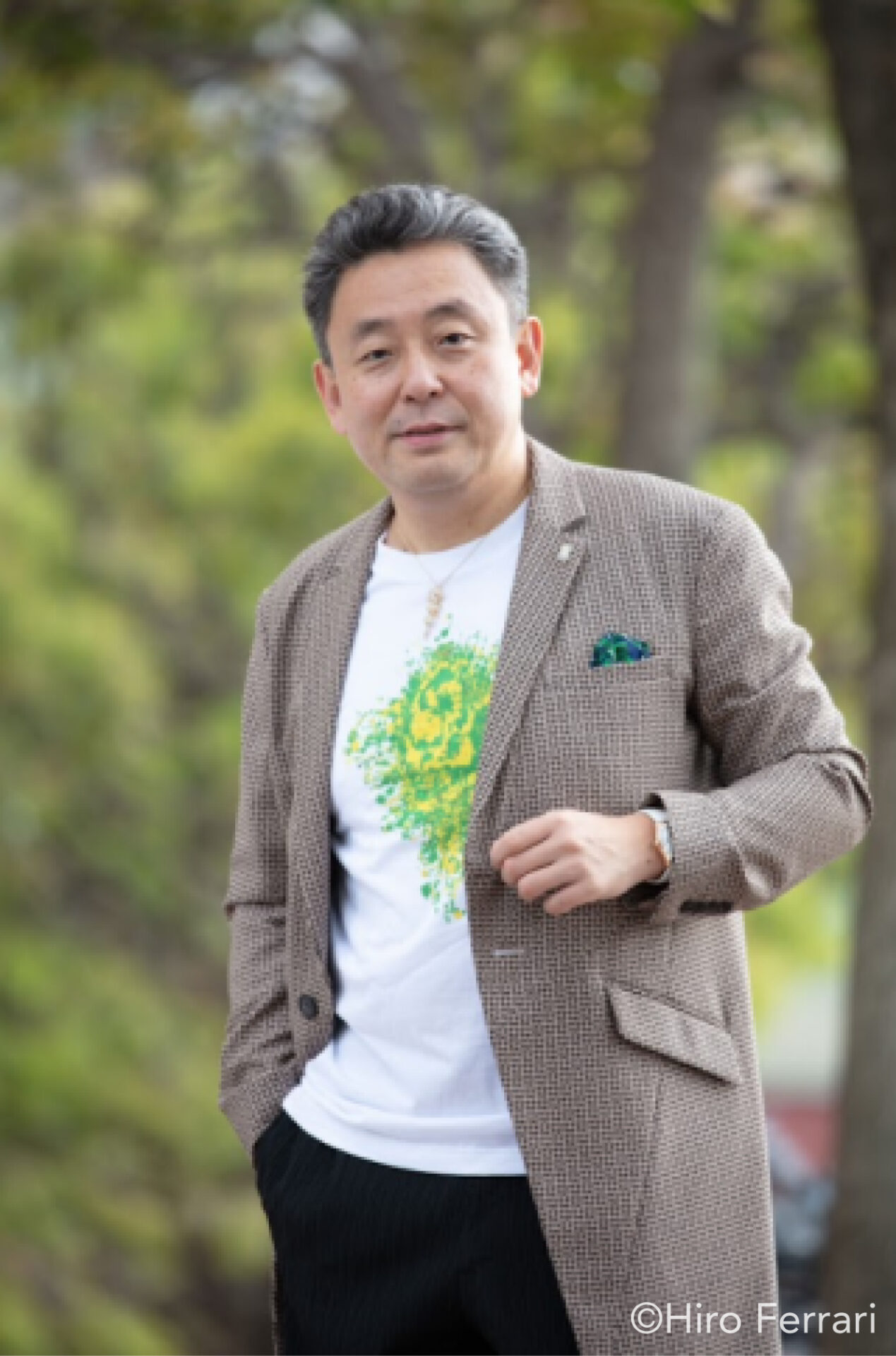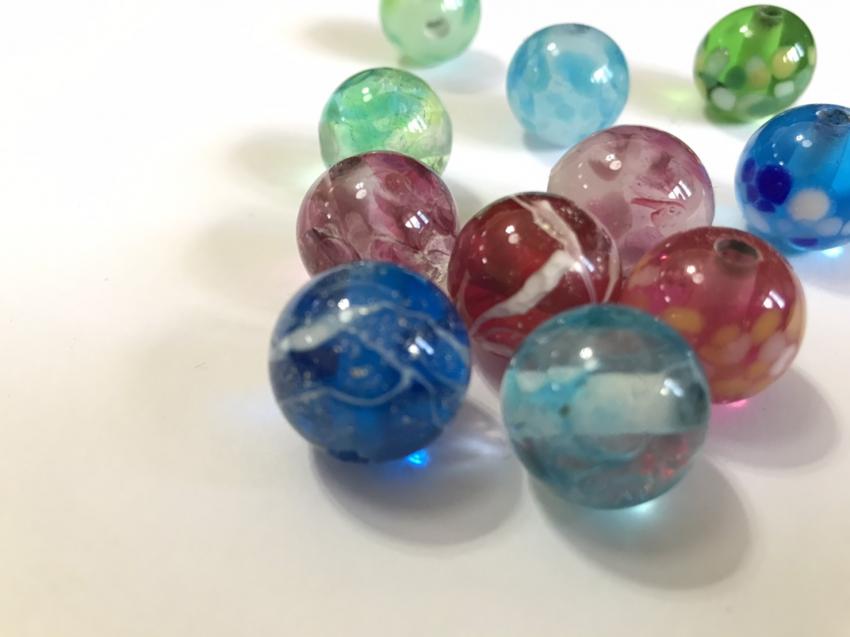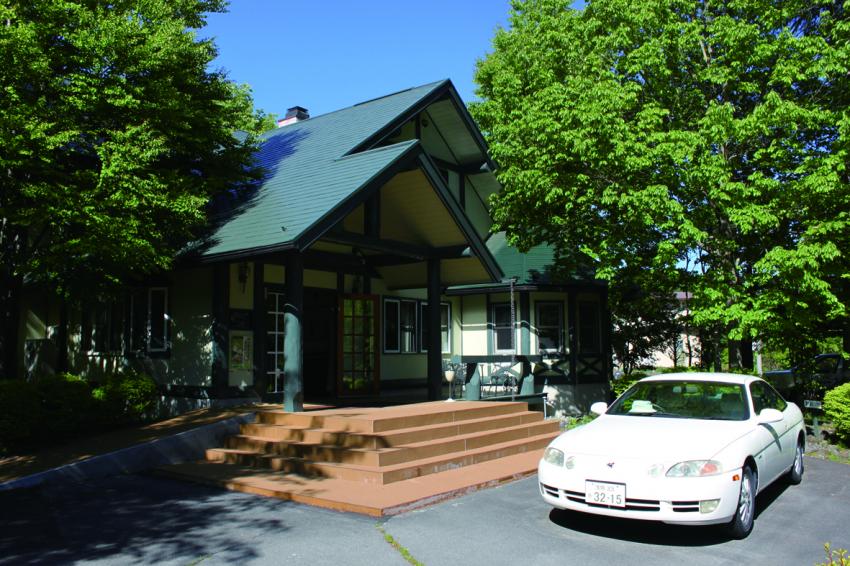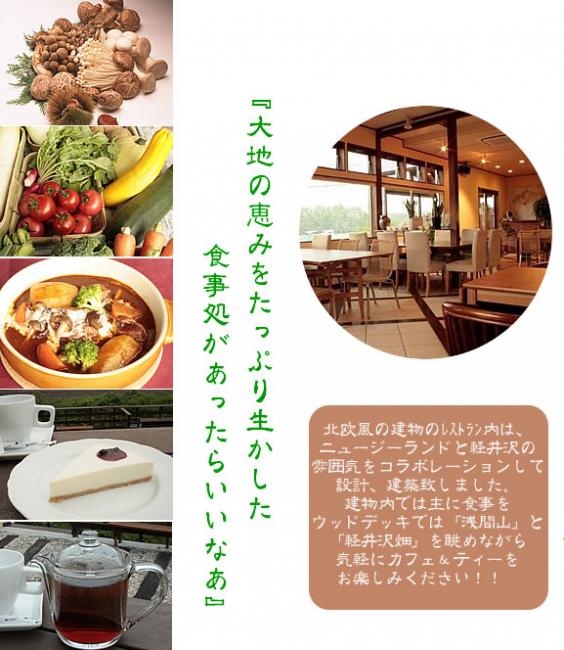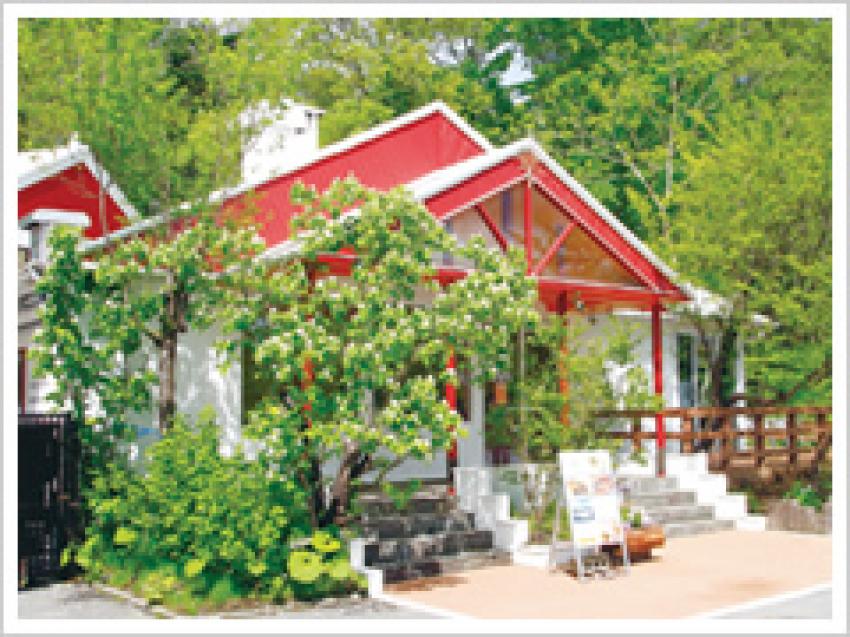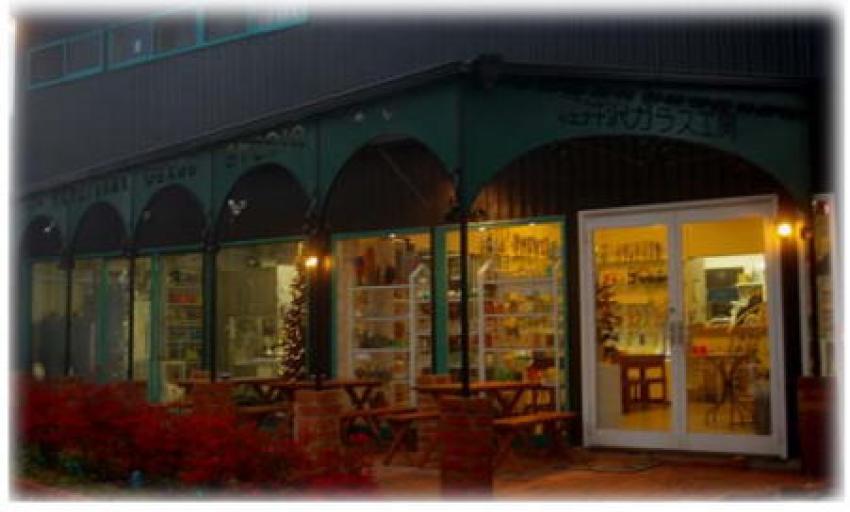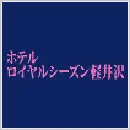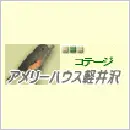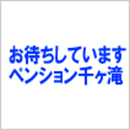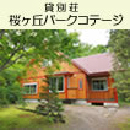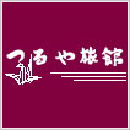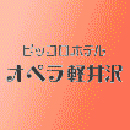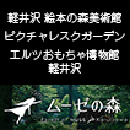Spring Exhibition 2024
Enjoy Mother Goose
2024/03/9 (Sat) – 2024/06/9 (Sun)
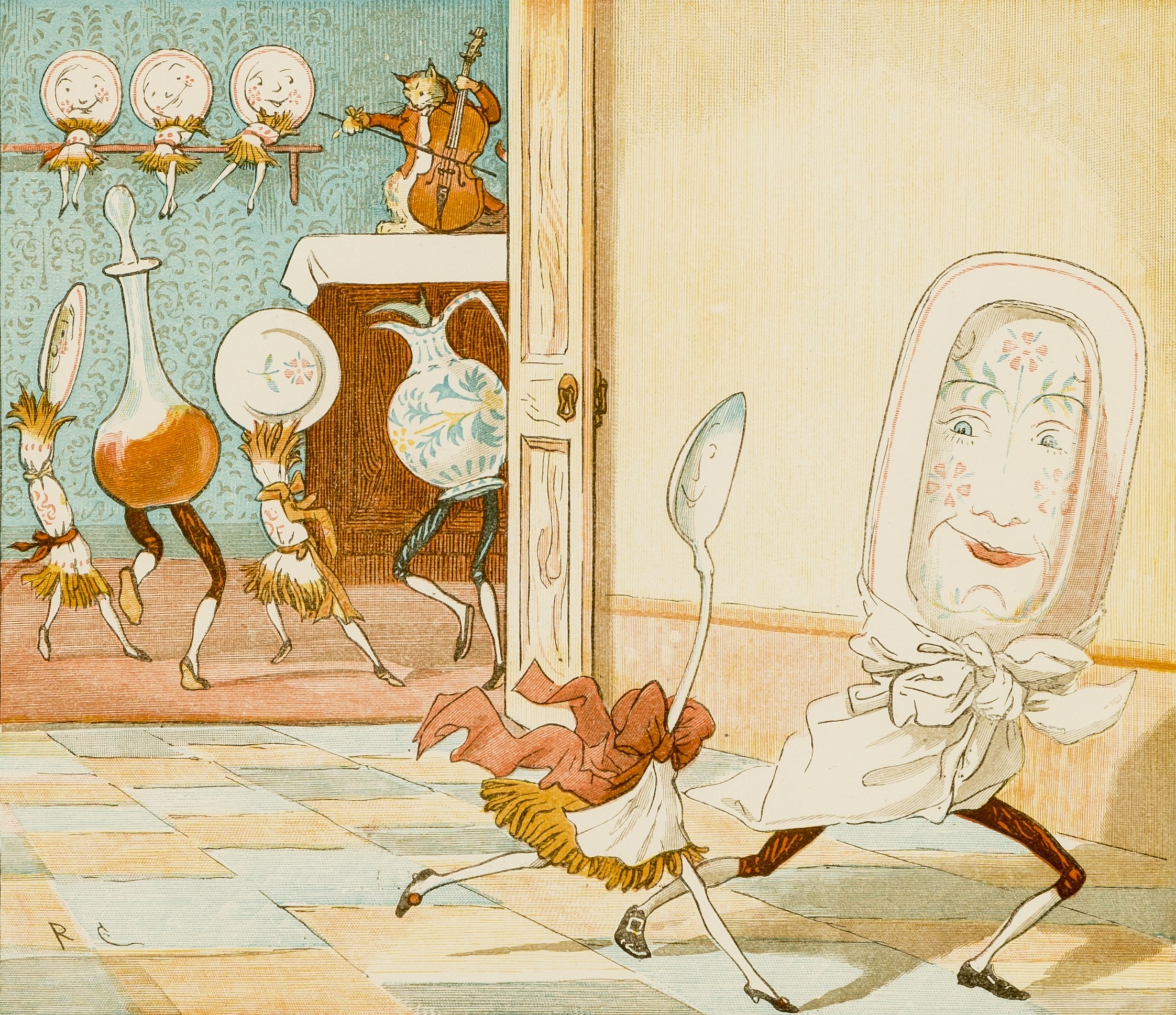
Hey Diddle Diddle and Baby Bunting, painting by Randolph Caldecott (ca. 1882)
What happens to the plate and the spoon after this?
A little bit of the mysterious world of Mother Goose
The term “Mother Goose” often refers to a folkloric nursery rhyme from the United Kingdom. Mother Goose is also famous in Japan for “London Bridge” and “The Death and Burial of Cock Robin.
The term “Mother Goose” is said to have originated from “Histoires ou contes du temps passé” (1697), a collection of children’s folklore by the French writer Charles Perrault. One of the illustrations in Perrault’s book contains the words “Contes de ma mère l’Oye,” which was translated into English as “Mother Goose” in the English translation published in 1729. Perrault’s stories were popular in the literary salons of the Paris aristocracy at the time, and the 1729 English translation was also well received. Thus, the term “Mother Goose” spread. At this time, there was also a growing movement in England to compile a collection of traditional nursery rhymes. In the late 1700s, John Newbery, a London merchant who is said to have been the first publisher of children’s books, published Mother Goose’s Melody, a collection of traditional children’s songs, and the term “Mother Goose” gradually became associated with traditional children’s songs. The term “Mother Goose” gradually became associated with the traditional nursery rhymes.
Along with the production of Mother Goose compilations, attempts to classify Mother Goose also began to emerge. For example, the English literary scholar J.O. Halliwell first attempted to classify Mother Goose in The Nursery Rhymes of England (1842). In the fifth edition of The Nursery Rhymes of England, Halliwell classified Mother Goose into 18 categories, including “riddles,” “pile-ups,” and others. Thus, there are many different types of Mother Goose. People in England grew up listening to these Mother Goose songs and developed their English pronunciation, rhythm, and humor. Mother Goose is also used in newspapers, novels, and stories such as Lewis Carroll’s “Alice in Wonderland” and “Alice in Mirrorland. For this reason, Mother Goose is said to be an essential element in the study of English, along with Shakespeare and the Bible. In addition, Mother Goose’s wondrous and often outlandish poetry has attracted the interest of many painters. The way in which Mother Goose is portrayed is a matter of the individuality of each painter.
This exhibition will feature Mother Goose as seen in famous works such as “Alice in Wonderland,” as well as illustrations of Mother Goose by various artists, including British painters Randolph Caldecott, Kate Greenaway, and Arthur Rackham. We hope you will immerse yourself in the fascination of Mother Goose, while feeling the individuality of each artist.






